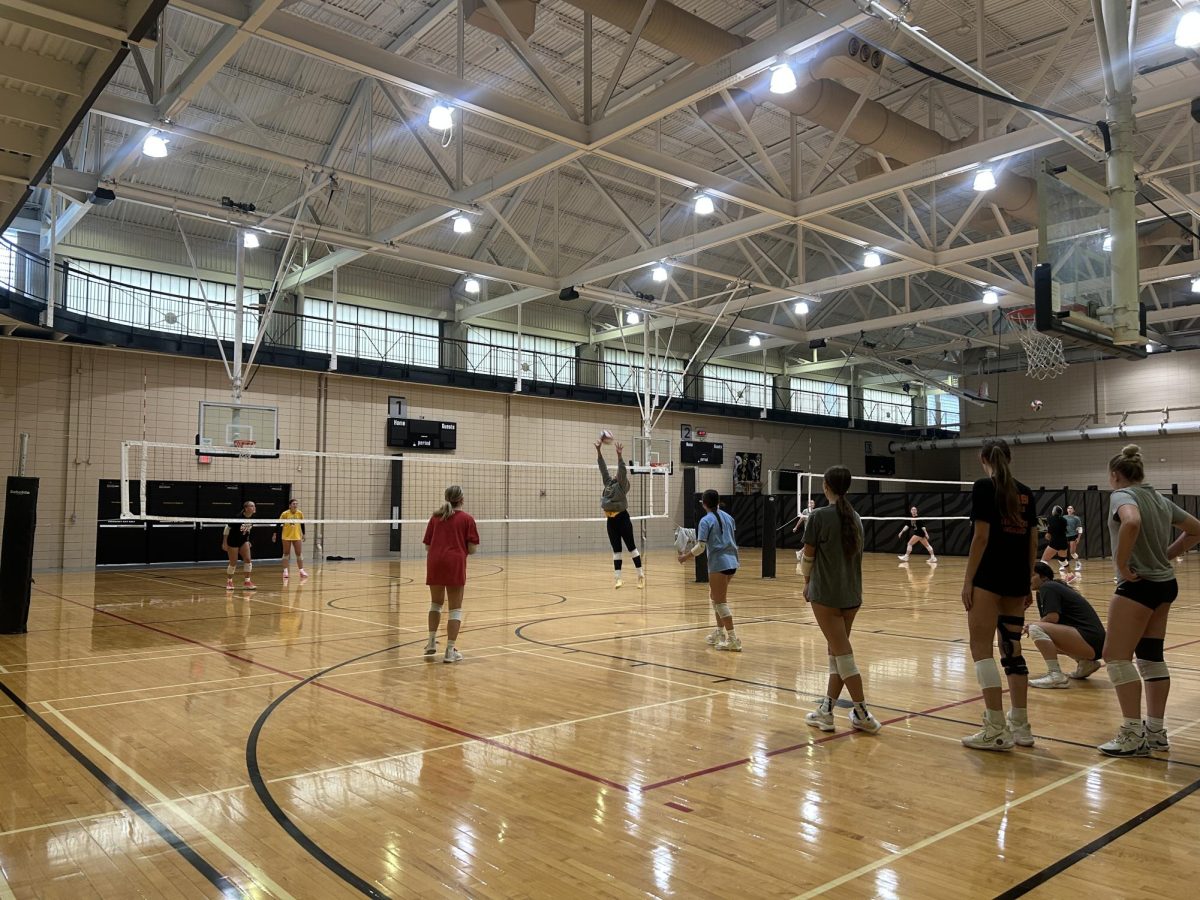Women’s college basketball is not doing itself any favors.
As the blowout victories in the NCAA Tournament pile up, interest level goes down. All eight (!) of the top seeds in the women’s bracket advanced to the four regional finals, where — surprise — all four No. 1 seeds dismantled their No. 2 seeded opponents by an average of 19 points per game.
In layman’s terms, this means that there were virtually no important upsets in the women’s bracket. The most “edge-of-your-seat” it got early on was No. 11 Kansas thwarting No. 3 Delaware in the second round by a slim six-point margin.
In other words, “March Madness” on the women’s side has become more predictable than an Entourage finale.
Only five games in the first four rounds were decided by three points or less. That’s ridiculously uninteresting. By comparison, the men’s bracket featured 11 such games, and far more upsets. Only two schools seeded above No. 10 advanced out of the first round in the women’s bracket, while the men managed nine.
Major massacres have also been a problem. It’s safe to say it was a good thing you forgot to TiVo that epic second-round tilt between UConn and Kansas State (72-26 Huskies) or that Elite Eight Notre Dame-Maryland nail-biter (80-49 Fighting Irish).
To be clear, the women’s game holds traditional characteristics that make it less appealing to watch than the men’s game: Women are slower, don’t shoot as well, don’t feature high-flying acrobatics, etc.
So, when the intangibles give the game the short end of the stick as well, the results are doubly unfortunate. There’s a good chance some third-grade girls tournament in Altoona, Penn., last week featured more exciting second-half possessions than the frustratingly one-sided tourney we’ve witnessed.
They can’t even time a brawl properly. Baylor and Tennessee launched into fisticuffs foreplay with less than a minute left in their already-decided, ESPN-televised game that had to leave fans exasperated. Forget holding up “SportsCenter is next” signs; the students were probably hoping Pat Summitt would whip out an oozy and put everyone involved out of their misery.
It’s not so simple to mark this year up as unlucky for the women’s game, though. Predictability has always been a mainstay in a sport that has prayed desperately for some kind of significantly arbitrary outcome.
Whether it’s recruiting, coaching or lack of star talent, women’s basketball has been incredibly oligarchic for a while.
Geno Auriemma’s UConn teams won 90 games in a row between 2008-2010, with this year’s 33-4 team turning in one of the programs poorer efforts since the late ‘90s.
Baylor and star Brittney Griner are favored to win their last two games to be the first team in the history of the men’s or women’s game to win 40 times in one season. Not once have the Bears been legitimately challenged, their closest brush with disaster being a five-point victory over Texas Tech.
Tennessee has been perhaps the most impressive mainstay. Despite being knocked out in the Elite Eight this year, Summitt’s squad has won either the Southeastern Conference championship or the national title in 25 of the past 26 years.
While this domination is impressive, it’s also unhealthy. Parity is the name of the game these days in sports. It keeps things unpredictable, in turn making the sport more entertaining. “March Madness” is about upsets and thrilling finishes, two trademarks the women’s game sorely lacked this year.
On top of all the chips already stacked against the women’s game, it’s only getting worse as the top teams defile their weaker counterparts year after year. Only three times in the last 15 years has the champion not been a No. 1 seed, and even in those instances, the winners were all No. 2 seeds.
I believe we’re tired of Summitt, Auriemma and Griner tossing around their competition like rag dolls. Here’s to Middle Tennessee State or Drexel dominating the field in 2013, giving life to one of the most stagnant entities in sports.
For once, give us some Cinderellas to cheer for in this tournament.







